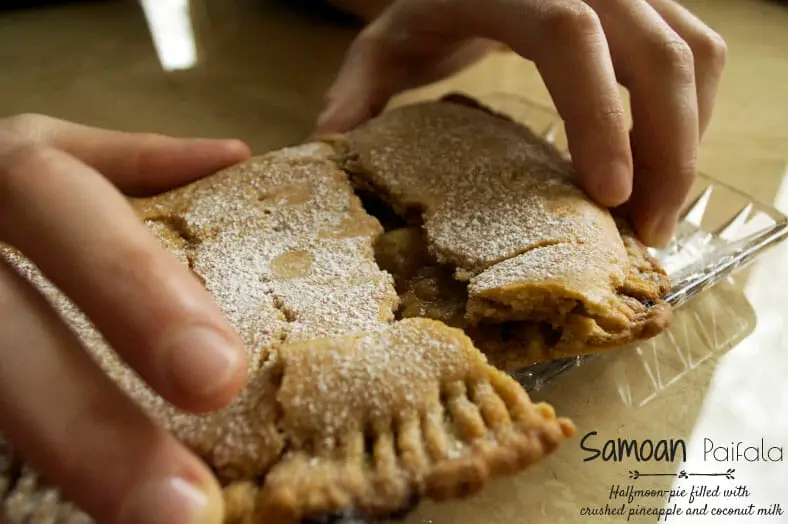As we continue to try new recipes from around the world, we’re starting to pick up on certain trends and commonalities between cuisines.
We thought we had come onto one of these commonalities with paifala. After all, from the outward look of it, paifala looks an awful lot like empanadas from the Latin and Spanish cuisines.
Well, it turns out we were completely wrong on this one!

Paifala and Samoan Cuisine
Samoans are really big on any reason to get together and feast, not just for the special festive occasions. For example, Sundays, the day of rest, are when local communities get together for to’ona’i or a very nice long afternoon meal together.
At a meal like a to’ona’i, you might find Samoan dishes like palusami, pua’a, povi masami, and of course some paifala. This food might all be cooked over an umu, or a cooking pit dug into the ground and lined with smooth stones over a smoldering fire. Everything and anything can be cooked in the umu, which can give off a very distinct and delicious smoky flavor.
(If you’re not familiar with any of these recipes yet, worry not! We’ll absolutely cook them in later posts here on Arousing Appetites. We might even take a crack at our own umu too.)
If there is one ingredient that is extremely common to find in any Samoan recipe, it’s going to be anything coconut-related. As you see later on, paifala is no exception, of course, but even the savory dishes in a mealtime will most likely have some element of coconut used in it.
About the Recipe
Paifala in its most traditional form is an incredibly simple and easy recipe to make. There are a few main ingredients that you might expect of a Polynesian island – coconut milk and pineapple – paired with what you might usually use to make a pastry.
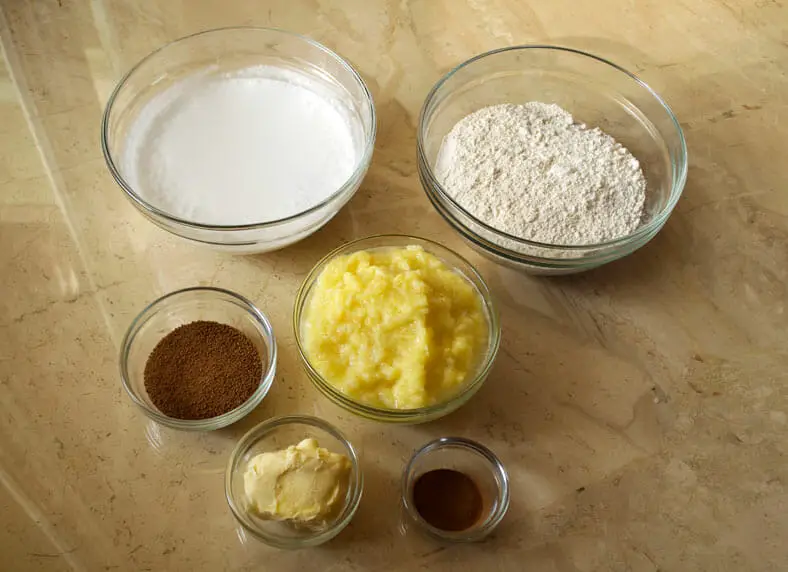
Inside the paifala is a filling made from a thickened mixture of finely crushed pineapple and coconut milk. The best way to describe the consistency you want to get for the filling is somewhere closer to a custard but still has some chunkiness that can handle being cooked in the oven.
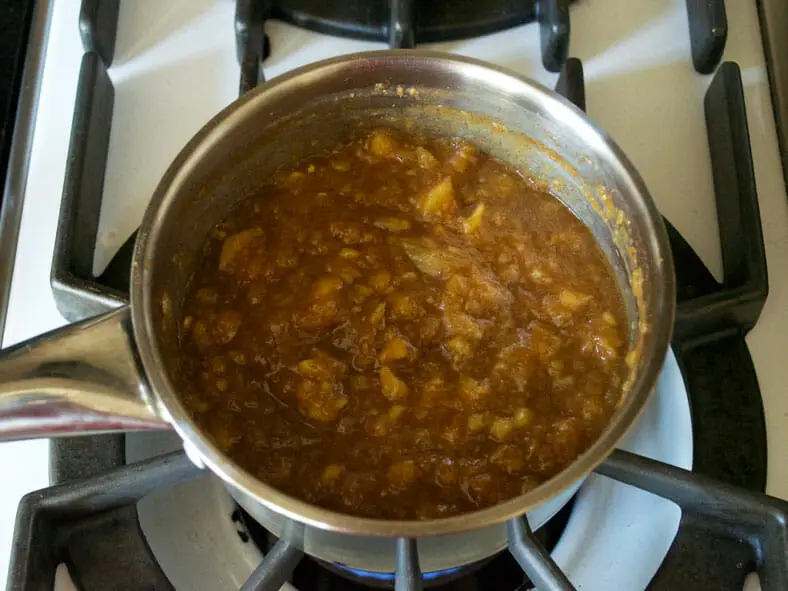
As for the pastry itself, the dough for paifala is actually very thick and decadent because of the inclusion of coconut milk. It’s a very simple process to combine the flour, butter and coconut milk, but you’ll soon find that the type of dough that it yields is far thicker and heavier than what you might be usually used to.
From there, you’ll put the whole paifala together by cutting a circular shape out of the dough, placing a healthy helping of filling in the middle, folding one side of the dough over to the other, and sealing it up.
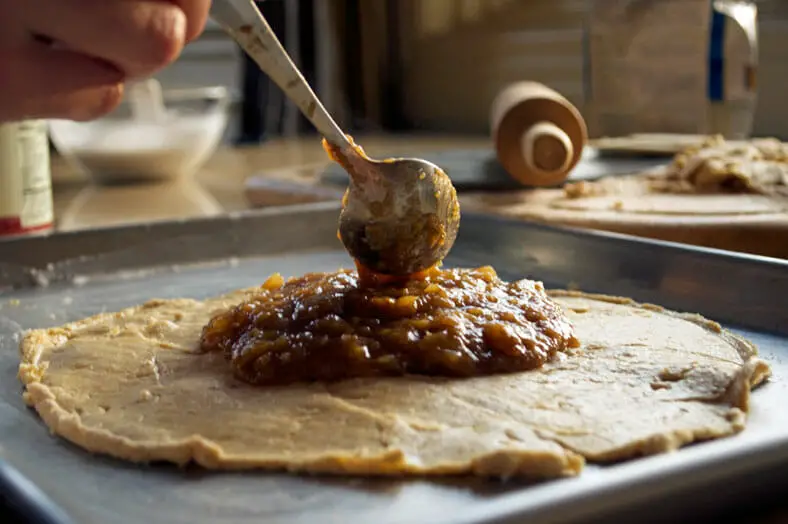
Place it in the oven for a bit, et voila, paifala!

Our Take on the Recipe
Okay, we do need to preface that we did make some fairly significant tweaks to the original paifala recipe, which we used as a reference.
The first adjustment came in the proportions of each ingredient. Our first version following the original specifications made for a lot of paifala and each of the four pastries made were incredibly thick. While the crust is a tasty and decadent crust, it was a bit too dominant over the filling for us, so we scaled back all ingredients – some more than others – to account for one paifala with a reasonable thickness.

One of our biggest (and very non-traditional) liberties with our paifala was adding cinnamon and nutmeg to the filling. It changed pretty much everything from how the original filling is intended to be. We personally didn’t have anything against the original paifala unspiced filling, but we experimented and ended up liking these additions to the recipe. If you want to go the more traditional route, then please feel free to omit the spices from your version.
Finally, like we do in other baked goods, we opted for a slightly better option of coconut sugar in place of regular granulated sugar in our paifala.
All in all, paifala was a fun yet very simple pastry to make, and a great way to get a peek into a less heralded Somoan cuisine!
What are your experiences or memories of paifala? Comment below!
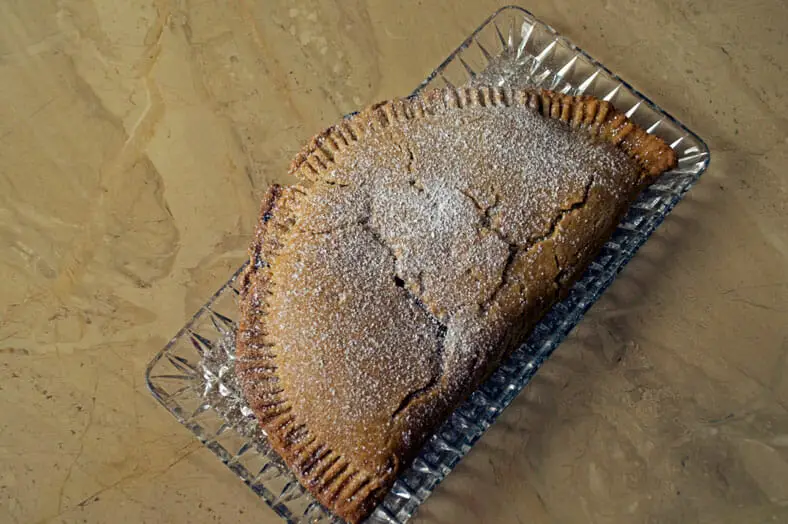


Paifala
- Total Time: 1 hour
- Yield: 8.5 inch diameter paifala 1x
Description
Paifala in coconut milk and sugar.
Ingredients
Filling
- 1 cup of pineapple, freshly cut and cut into very small pieces (or with using a food processor (on Amazon))
- ¼ cup coconut sugar
- ¼ cup coconut milk
- 2 tablespoons arrowroot powder
- 1 teaspoon cinnamon
- ½ teaspoon nutmeg
- Extra juice strained from the freshly cut pineapple
Crust
- 1¼ cup pastry flour
- ⅓ cup butter, warmed to room temperature
- 1 cup coconut milk
- 1 teaspoon baking powder
- ½ teaspoon salt
Egg Wash (optional)
- 1 egg
- 1 tablespoon water
Instructions
Stage 1
- Start by preheating the oven to 375 degrees Fahrenheit
- Next, take a small saucepot and add your pineapple, coconut sugar, coconut milk, cinnamon and nutmeg to the pot before putting it over the heat. Lightly pre-mix the ingredients
- With all the ingredients in the pot, put the saucepot over medium-low heat and being to heat up the filling. Be sure to stir well as the flavors start to heat up and mix
- After 1-2 minutes, lower the heat to a simmer, and let the filling mixture sit for 2-3 minutes. Stir occasionally but you’ll focus more on the arrowroot powder
- In a small bowl, mix your arrowroot powder and leftover pineapple juice together until the arrowroot is dissolved and you have a paste. You can use water here instead of pineapple juice if you’d like… the real goal is just to get the arrowroot into a paste before adding to filling
- Add the arrowroot paste to the filling and stir thoroughly. After another 1 minute of stirring, take the saucepot off the heat and let the filling cool
Stage 2
- As the sauce cools, start to make the crust by adding the pastry flour, baking powder, and salt together in a large bowl. Use your hand to mix the dry ingredients together
- Take your butter and break it into smaller pieces, then add these smaller pieces to your bowl of dry ingredients.
- With your hands, mix the butter and dry ingredients in together. Try to mix as much of the butter and as much of the flour together as you can
- Bit by bit, add the coconut milk to the batter. Be sure to mix the coconut milk into the batter well as you add it.
- Once you add all the coconut milk, mix all together and form a ball out of the dough
Stage 3
- Take the bottom of an 8½ inch diameter cake pan and flour it well. If you don’t have a cake pan, then you can just flour a cutting board or flat surface, but a cake pan bottom will help to create a perfect circular shape and thereby a nice semicircle
- Place the dough on the cake pan and use a rolling pin to flatten over the surface area of the cake pan. Be sure to flour both cake pan and rolling pin well (even re-flouring as needed), because this dough mixture is very wet
- Once you’ve covered the entire surface area, cut off the excess pieces in order to get your circular shape of dough
- In the middle of the dough, spoon your filling in. You will have some filling left over, but expect to use probably 80% of what you’ve made. You don’t want to overfill it, though, otherwise the pastry will burst in the oven
Stage 4
- Fold one side of dough over to the other, creating your semicircular shape
- With a fork, close your pie by pressing down along the edges. Run the edges with a little bit of water to help keep it bound together once you press it
- Make several holes in the center of the pie. This will help the inside cook evenly
- Place in the oven to cook for 20 minutes. If you choose not to put an egg wash over the pie, then cook it for the full 40 minutes and ignore the next stage
Stage 5
- If you do make use of an egg wash, beat your egg in a bowl and add the water
- At the 20 minute mark, take your moon pie out and brush along the top and sides of the paifala. Especially on the sides since this will help keep it bound throughout the rest of the baking process
- Place paifala back in the oven for another 20 minutes until the paifala is nice and golden brown
- Prep Time: 10 mins
- Cook Time: 50 mins
- Category: Dessert
- Cuisine: Samoan
